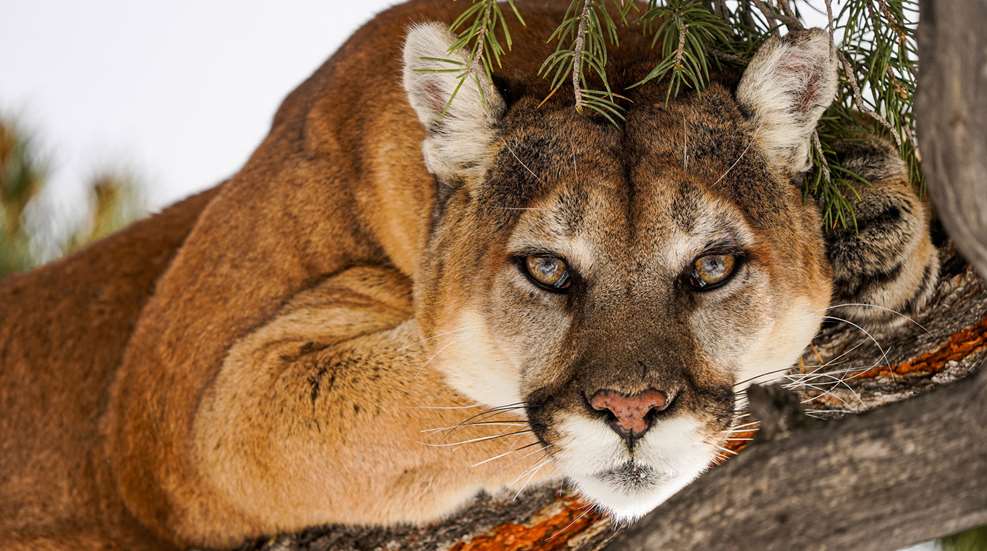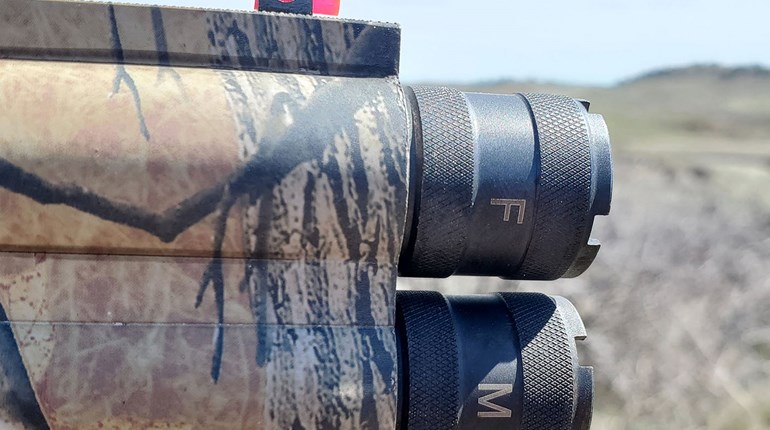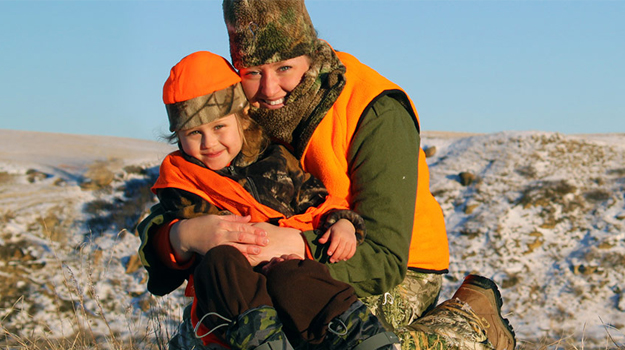
Said to inhabit a range larger than any other terrestrial mammal in the Western hemisphere outside of humans, the mountain lion can be found from the Yukon to Argentina, in swamps, deserts, woods, mountains and just about any other environment you can think of. But how are mountain lions different from cougars and panthers?
Short answer: They aren’t. This big cat goes by all of those names and more, including puma, painter and catamount, with the scientific name Puma concolor. For the most part, all of these names refer to the same cat, but there are some nuances.
The Florida panther has long been considered a subspecies of mountain lion, Puma concolor couguar, with (as far as I can tell) some genetic differences, but very closely related and mostly determined by geography. They once roamed the entire Southeast but were heavily hunted to near extinction by the mid 1950s as a perceived threat to humans and livestock. Through the introduction of some mountain lions from Texas, the population has grown to a still very perilous 200 cats (estimated) and the genetics have been further muddled to the point that some scientists no longer consider them a separate subspecies at all. They remain on the endangered species list.

The term “panther” itself is up for some debate, as it’s sort of a catchall phrase for this group of big cats, and sometimes other big cats, but especially when a cat is in a melanistic color phase (black). The dictionary definition of “panther” includes leopards, cougars and jaguars, and many people use the term panther only to describe black cats. This gets confusing, because while “panther” can refer to mountain lions, technically, “black panthers” are always leopards or jaguars. They’re not a separate species—just a cat in the melanistic color phase, often with the characteristic rosettes still visible under much darker-than-normal fur.
There has never been a documented case of a melanistic mountain lion, although many people claim to have spotted them. More than likely, people are seeing other species—house cats, black bears, bobcats, etc.—and mistaking them for black cougars, which is easier to do from a distance, particularly in low light, than you might think. If a true “black cougar” is ever spotted, it is far more likely that it's a melanistic jaguar outside its normal range. Again, there’s never been a confirmed case of a melanistic cougar. This means there’s no such thing (at least never documented) of a “Florida black panther.”
So, while the term “panther” has some different definitions or connotations depending on who’s using it, in general, you can use the terms puma, mountain lion, panther, cougar and catamount interchangeably. Some of the names are more common in different regions of the country, but they all refer to the same animal. And they’re all tawny brown, not black.














































